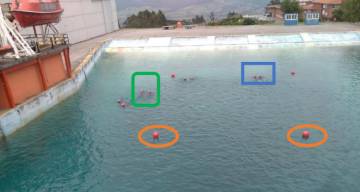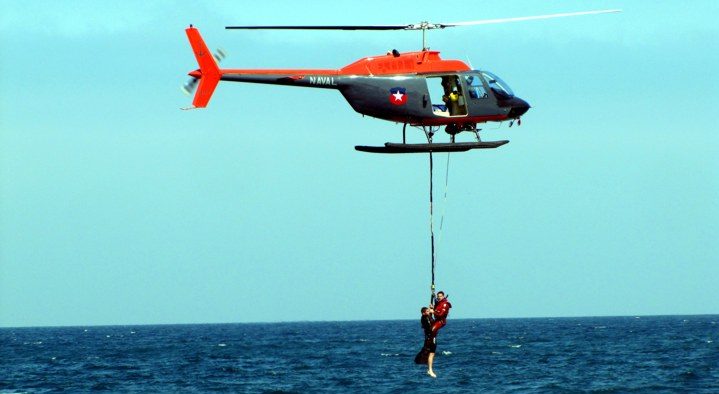SHARE
Antimissile Robot Will Save Castaways Lives
Spain is changing all we knew about the maritime rescue and it’s doing it through antimissile robots. A very important innovation has been motivated for the huge number of castaways every year in the Gibraltar Strait. They have created a method that optimizesthe search of people in the sea by a new infrared search system (IRSC, Infrared Search of Castaways) which has been already tested in different opportunities.
The origin of the new Maritim Rescue
The idea has born in the Maritime Rescue and it has been developed for the company Escribano Mechanical & Engineering. They made an automated system based on the use of infrared cameras, which increases 12 times the ability to track that exists on our days. Besides, it dismisses all the problems caused for the loss of visibility. This allows not only to check larger perimeters and without having to check them repeatedly but also to speed up the search by doing night exploration, something that has been impossible to do until now.
Physically, this new system is installed as a small cylinder adjacent to one of the sides of an AW139 helicopter, that can move till 130 kilometers per hour.
How does it work
This infrared sensor works with algorithms and through numerous variables it’s able to detect a human head while it rules out another movement patters to avoid false alarms. Once the shipwrecked is detected, the Maritime Rescue receives a GPS signal to start the salvage operation.
The technology used to carry this project out has its origin in the antimissile system known as IRST System (Infrared Search and Track) which utility has being extending to other areas these last years.

Nowdays, this system is still being tested and it will remain this way until next year. Nonetheless, if the results go on being positive as they have been until now, soon we will be able to witness a new rescue technology that optimize the current work and that will save so many more lives.
Do you know any similar tehnology? Where would you use this technology?
